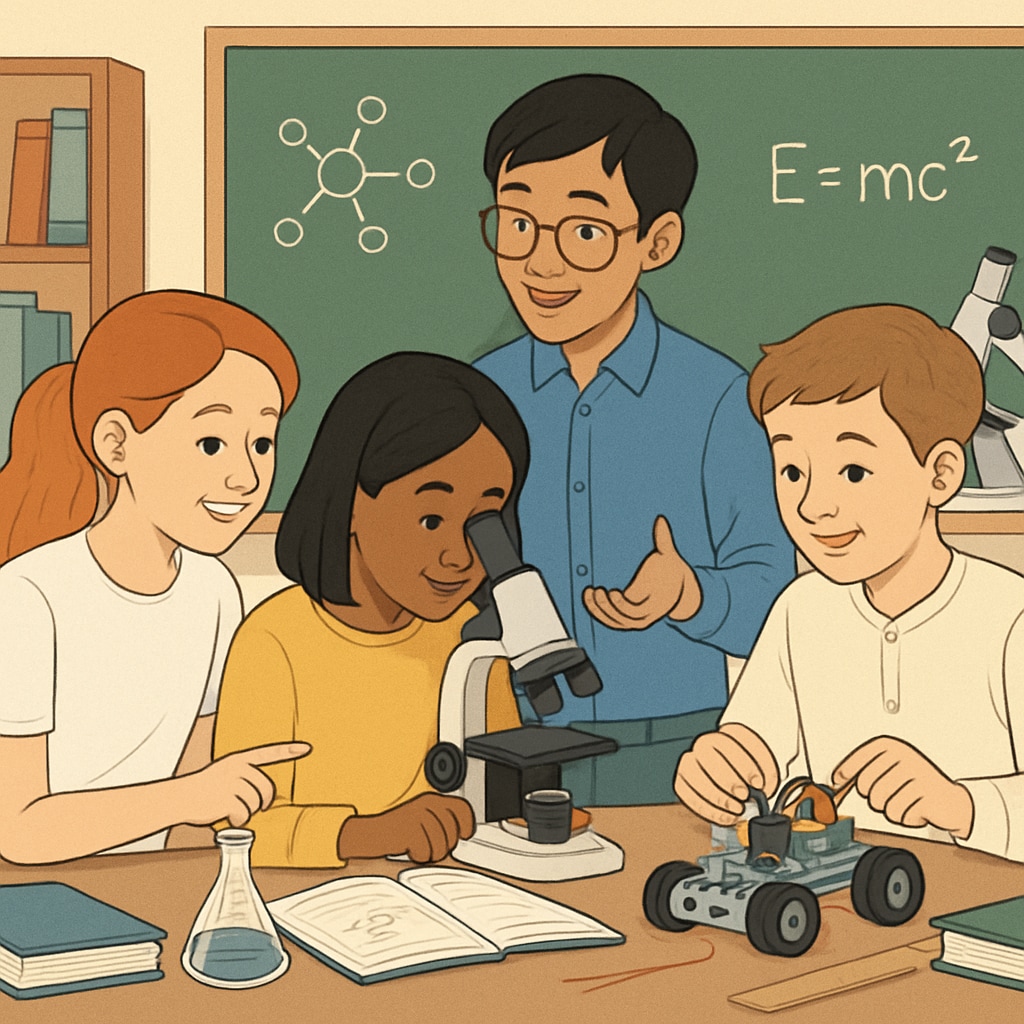For students with learning difficulties, navigating the complexities of modern education systems to achieve their medical dreams often feels like an uphill battle. While the aspiration to become a doctor is universal, the path to this goal can be riddled with structural inequities, inaccessible learning resources, and insufficient support systems. Addressing these challenges requires a fundamental reshaping of how education systems cater to diverse learners.
Barriers to Entry: Challenges in Current Education Systems
The traditional education system often prioritizes standardized testing and rigid curriculums, leaving little room for students with learning disabilities to thrive. These students may struggle to keep pace, not due to a lack of intelligence, but because their learning styles differ from the mainstream approach. For example, dyslexic students may excel in problem-solving but face difficulties with heavy text-based content, which is prevalent in medical studies.
Beyond the academic challenges, social stigma can also hinder progress. Many students feel isolated or judged by peers and teachers, which diminishes their confidence and determination. Unfortunately, the lack of adequate resources like specialized tutoring and adaptive technologies exacerbates the problem.

Reimagining Education Systems for Inclusivity
To enable students with learning disabilities to pursue their medical dreams, educational systems must adopt more inclusive practices. This includes personalized learning plans designed to accommodate individual needs. Adaptive technologies, such as speech-to-text software or interactive simulations, can help students overcome specific challenges.
Moreover, training educators to recognize and support students with disabilities is crucial. Teachers equipped with the right skills can foster a more supportive environment, ensuring students are not left behind. Community resources like mentoring programs and peer support networks also play a significant role in boosting morale and providing guidance.

Policy Reforms for Equal Opportunities
Redesigning education systems requires systemic policy changes. Governments and educational institutions must prioritize equity by allocating funding for specialized programs and tools tailored to students with disabilities. For example, scholarships and grants can alleviate financial burdens, enabling students to access tutoring and adaptive technologies.
Additionally, curriculum reforms emphasizing practical skills and experiential learning can reduce dependency on traditional rote memorization methods. Initiatives like these will empower students with learning difficulties to excel in fields like medicine, where hands-on expertise is paramount.
Global organizations like UNESCO have already started advocating for inclusive education. According to their guidelines, mainstreaming disability-inclusive strategies can significantly reduce dropout rates and improve career prospects for affected students (UNESCO on Inclusive Education).
Conclusion: Unlocking Potential Through Equity
Every student, regardless of their learning abilities, deserves an equal opportunity to chase their dreams. By addressing the structural barriers within education systems, we can create a fairer, more inclusive environment that empowers all learners. Through personalized learning, robust support systems, and policy reforms, the dream of becoming a doctor need not remain out of reach for students with learning difficulties.
As a society, we hold the responsibility to nurture talent and ambition, irrespective of challenges. When we invest in inclusive education, we invest in a brighter future for everyone.
Readability guidance: This article uses short paragraphs, active voice, and transitional words to ensure clarity. Lists and examples simplify complex ideas, making the content more accessible to diverse readers.


